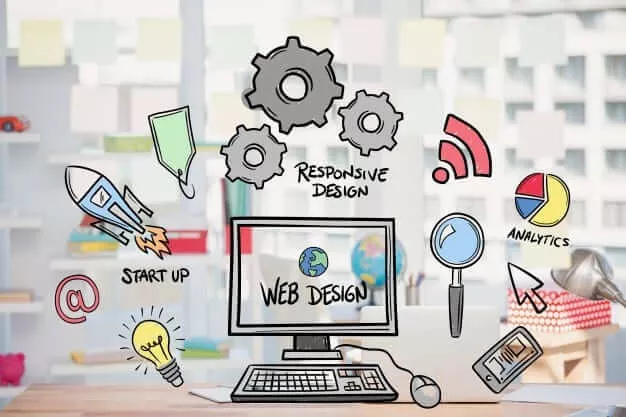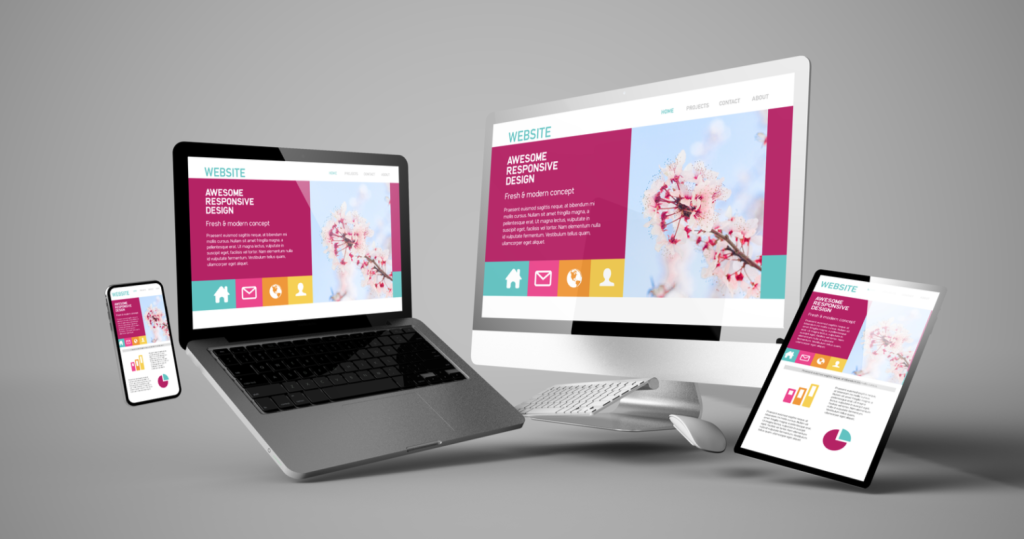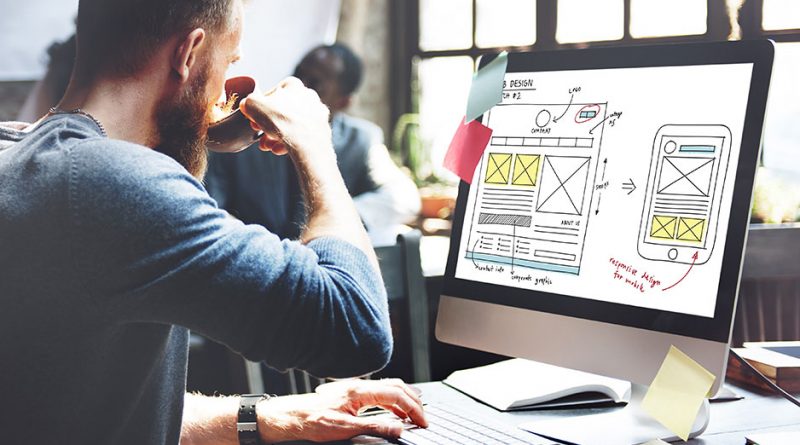London Six Phases of the Web Design and Development Process for WebsitesLondon Six Phases of the Web Design and Development Process for Websites

There are numerous processes involved in the design and development of a website.
From obtaining basic information to developing your website, a great deal occurs prior to the debut. Although the precise procedure changes for between projects, the fundamentals stay constant.
Phase One: Discovery / Information Gathering
Information gathering is the initial step in creating a successful website.
When developing the look and feel of your website, numerous factors must be taken into account; thus, you are first asked a number of questions to gain a thorough understanding of your business and website requirements. Certain considerations include:
Purpose
What is the site’s function? Want to share information, advertise a service, sell a product, etc.?
Goals
What do you expect to achieve by creating this website? Common objectives include making money and sharing information.
Target Audience
Exists a particular set of individuals that will aid you in achieving your objectives? It is beneficial to visualize your ideal client. Consider your audience’s age, gender, and hobbies; this can help you select the optimal design style for your website.
Content
What types of information would your target audience seek on your website? Are they seeking particular information, a specific product or service, etc.?
Second Phase: Planning
Using the information acquired in the first phase, we first developed a plan.
Here, we create a sitemap, which is a list of your website’s primary and secondary themes. This is vital for building a consistent, easy-to-understand navigational system, as it provides us with a map of the site’s content.
This is also where we choose which technologies to employ, like as contact forms, custom post kinds, and particular plugins.
Third Phase: Design
We determine the appearance and feel of the website based on the information collected up to this point.
The intended audience is one of the primary considerations here. A site designed for young adults, for instance, will have a very different appearance than one designed for a financial institution. In addition, branding features such as your company’s logo and colors are incorporated into the design to assist reinforce your company’s online identity.
Fourth Phase: Development
Here, the actual functionality of the website is constructed.
We employ the various graphic elements from the preliminary design to construct the website’s functionality. In particular, they are utilized to construct the functioning WordPress theme, which determines the appearance of your website. This covers both the desktop and mobile responsive views, ensuring that your website is available to the widest potential audience.
Once the WordPress theme has been designed, we distribute your material to the relevant places of the website.
Phase Five: Testing and Distribution
At this moment, we test your website and attend to the final aspects.
We test such things as the full functionality of forms and other features. We test for last-minute compatibility issues, such as variances in web browser or mobile device viewing.
As soon as we obtain your final approval, we will send the website. The files are transferred to your server. This often entails installing and configuring WordPress and a core set of key plugins to enhance the site. Here, we test the site once more to check that everything has been properly configured and that the site remains completely functional.
This officially marks the opening of your website, as it is now accessible to the general public.
Sixth Phase: Maintenance
Once your website goes live, the task is not complete.
Offering regularly updated material is one method for attracting recurring visitors to a website. And as new versions of WordPress and any plugins installed become available, these should also be upgraded.
Markustudio is a freelance web designer in Manchester that offers services in web design, logo branding, print, SEO, and digital design. We are passionate about supporting successful small companies and major brands around the United Kingdom. If you need assistance producing a style guide or maintaining brand consistency, our team of specialists is available to assist you. We will collaborate with you to develop a distinctive and memorable brand that will set you apart from the competition. Contact us immediately to begin!

